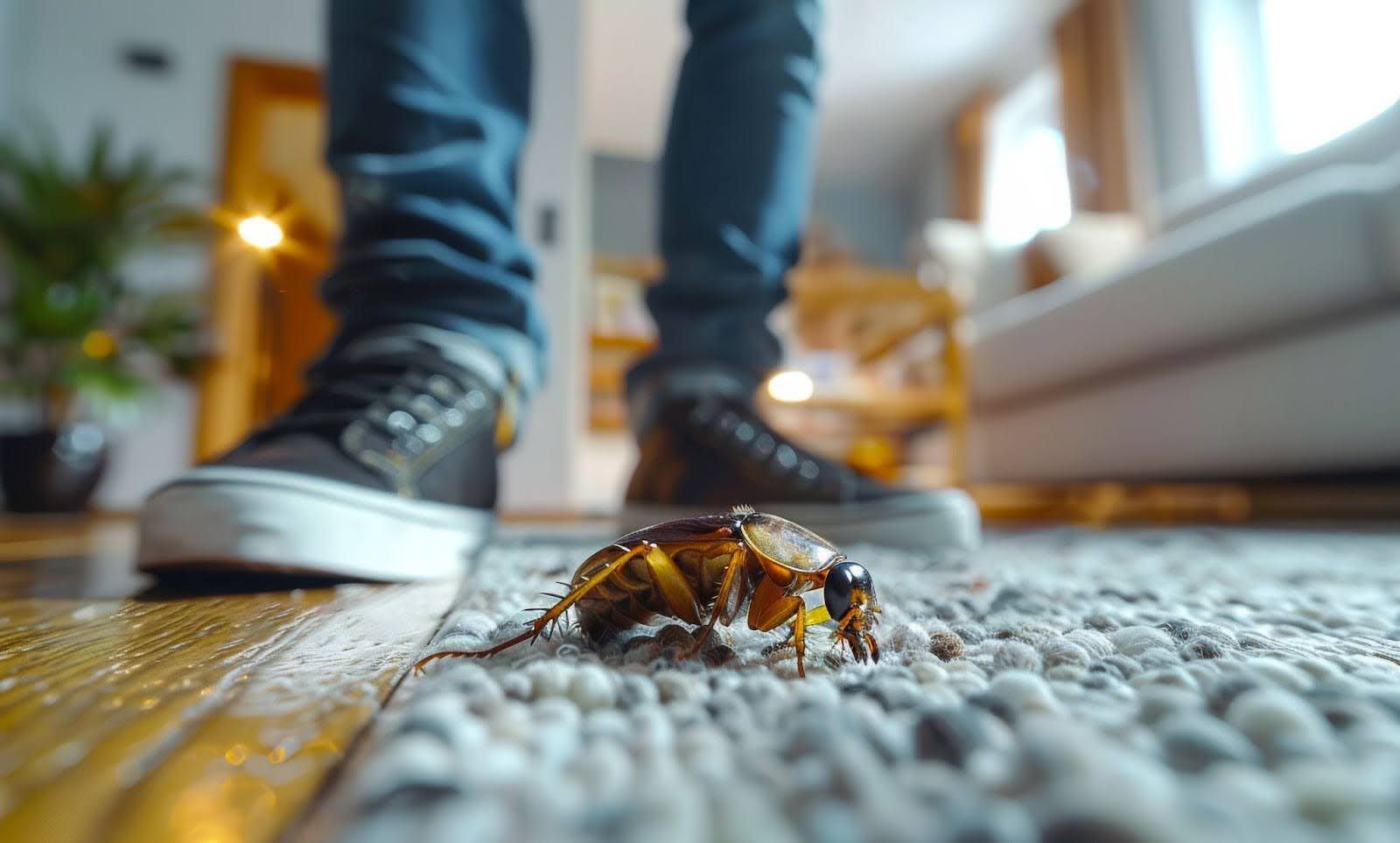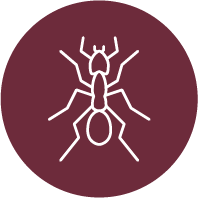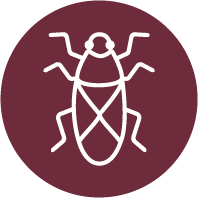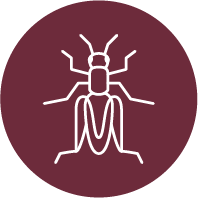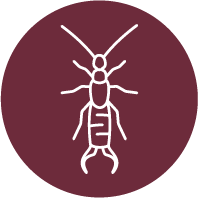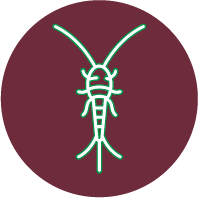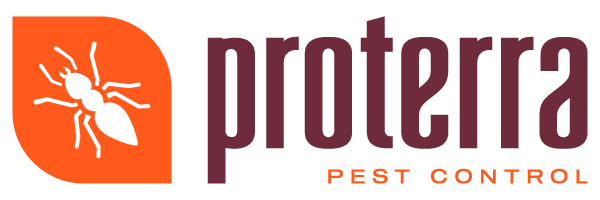Eco-Friendly Pest Control Solutions
Maintaining a beautiful garden or home without harmful chemicals is possible with eco-friendly pest control solutions. These methods protect your skin and the environment while effectively managing pests. Embracing natural options not only keeps harmful substances out of your living spaces but also supports a healthier ecosystem. By choosing safer alternatives, anyone can enjoy a pest-free environment without compromising their well-being.
Understanding Bug Bites and Their Effects on Skin
Bug bites are more than annoying inconveniences; they can lead to various skin reactions and sometimes more serious health concerns. Knowing the types of pests responsible for these bites and understanding how to treat them is essential for preventing complications.
Different Types of Bug Bites and the Pests Responsible
Several pests are notorious for biting humans, including mosquitoes, bed bugs, fleas, and ticks. Mosquitoes are perhaps the most well-known, responsible for itchy, red bumps that can sometimes escalate to more severe reactions in sensitive individuals. Bed bugs, too, leave behind red, itchy welts that can be mistaken for other insect bites. Fleas, which often infiltrate homes with pets, cause small, red bumps that are intensely itchy, especially around the ankles. Ticks, while less common inside homes, pose a significant health risk with their bites that can transmit Lyme disease and other conditions.
Common Skin Reactions to Bug Bites
The body's reaction to bug bites can vary from minor irritation to more severe allergic responses. Most commonly, these bites cause itching, swelling, and redness at the site. In some cases, individuals may experience more severe allergic reactions known as anaphylaxis, which requires immediate medical attention.
Potential for Secondary Infections and Conditions Caused by Bug Bites
Bug bites can also open the door to secondary infections, especially if the bite is scratched excessively. Bacterial infections can occur, which may require treatment with antibiotics. Certain pests like ticks can transmit serious diseases. Lyme disease, carried by black-legged ticks, can cause symptoms ranging from rash and fatigue to neurological complications if left untreated. Another concern is the West Nile virus, usually spread by mosquitoes, presenting flu-like symptoms that can escalate to severe and sometimes life-threatening health issues.
Understanding the pests responsible for various bites and their potential effects on skin health is crucial in managing and preventing adverse reactions. While most bug bites are harmless and heal on their own, being aware of the symptoms that require medical attention can prevent complications from secondary infections or disease transmission. In the following sections, we'll explore preventive measures and treatments for minimizing the impact of bug bites, as well as how Proterra Pest Control’s services fit into the strategy for keeping your skin safe from pests.
Preventive Measures to Protect Your Skin from Pests
Protecting your skin from pests begins with adopting certain preventive measures that deter bug bites, thereby minimizing the risk of infection or disease transmission.
Best Practices for Avoiding Bug Bites
Using insect repellent formulated with DEET, picaridin, or oil of lemon eucalyptus can significantly reduce your risk of bites, especially in areas where mosquitoes and ticks are prevalent. Wearing protective clothing, such as long sleeves, pants, and hats, adds an extra layer of defense. Maintaining a clean environment by removing standing water and keeping your living spaces tidy can discourage pests from settling near you.
Importance of Pest Control in Preventing Bug Bites
Strategic pest control is crucial in reducing pest populations around your home and recreational areas. Regularly inspecting and managing your environment for potential pest habitats—such as tall grass, bushy areas, and stagnant water—can dramatically cut down on the incidence of bites.
Advantages of Eco-Friendly Pest Control Solutions
Opting for eco-friendly pest control solutions not only minimizes the impact on skin health but also ensures environmental well-being. These methods often utilize less toxic substances and adopt strategies that target pests without harming non-target organisms or the broader ecosystem.
Early Detection and Management of Bug Bites
Recognizing the early signs of an infected bug bite is essential in avoiding further complications. Excessive redness, swelling, warmth, and continuous pain at the bite site are indicators that medical attention may be necessary.
Home Remedies and Over-the-Counter Treatments
For minor bug bites, home remedies and over-the-counter treatments can offer relief. Cold compresses can reduce swelling, while antihistamines and topical creams can alleviate itching. It's imperative to monitor the bite for signs of worsening conditions that warrant professional consultation.
The Role of Professional Pest Control
Persistent or severe pest issues may require the intervention of professional pest control services. They can address the underlying cause of the infestation, employing comprehensive measures that go beyond immediate symptom treatment to prevent future occurrences. For more detailed guidance on managing and treating bug bites, authoritative sources such as the Centers for Disease Control and Prevention (CDC) offer extensive resources. Adopting effective prevention strategies and early intervention measures is key to protecting your skin from pest-related irritations and infections. By combining personal precautions with professional pest control services, you can enjoy outdoor and indoor activities with minimal health risks.
Proterra Pest Control: A Solution to Prevent Bug Bite-Related Skin Issues
Taking proactive measures is key in the fight against irritating and potentially harmful bug bites. While personal and home remedies can offer temporary relief, addressing the source of the problem with professional assistance is often the most effective strategy. Proterra Pest Control emerges as a leader in this realm, presenting a compelling solution that not only targets existing pest populations but also prevents future infestations, all while keeping your skin health and environmental impact in mind.
Overview of Proterra’s Eco-Friendly Pest Management Services
Proterra Pest Control stands out by offering services that prioritize the safety of homeowners and their pets. Utilizing advanced, eco-friendly pest management techniques, Proterra targets the pests that cause bothersome bites without resorting to harsh chemicals that could harm your skin or the environment. This approach not only ensures a reduction in bug bites but also promotes a healthier living space.
Addressing the Source of Pest-related Skin Irritations
One of the key advantages of Proterra’s services is their targeted approach to pest control. By identifying and treating the habitats and entry points that allow pests into your home, Proterra effectively reduces the likelihood of future bites and related skin conditions. This comprehensive method goes beyond the mere symptoms to tackle the root cause of the issue.
Testimonials from Satisfied Customers
The effectiveness of Proterra’s services is best reflected in the testimonials of satisfied customers who have seen a significant reduction in bug bite incidents following the company’s intervention. Many highlight the peace of mind they now enjoy, knowing that their homes are not just pest-free but also safer for their families and pets. The added benefit of minimizing one's carbon footprint through eco-friendly practices has also been a significant point of satisfaction among Proterra’s clientele.
The Significance of Professional Pest Control in Managing Pest Populations and Safeguarding Against Skin Irritations and Infections
The link between pests and skin health cannot be understated. As we’ve explored, preventative measures and timely interventions play critical roles in maintaining skin health and overall well-being. Proterra Pest Control embodies the ideal solution by employing eco-friendly strategies that effectively reduce pest populations, thereby mitigating the risks of irritations and infections caused by bug bites.
In an age where environmental consciousness is as important as health precautions, opting for pest control solutions that respect both principles is paramount. Proterra not only rises to the occasion by delivering effective pest elimination but does so in a manner that ensures the safety and health of its clients and the planet. By choosing such responsible approaches, homeowners can enjoy the outdoors and their indoor spaces without the looming threat of bug bites, thus embracing a healthier, more comfortable lifestyle.
Don't let pests undermine your comfort and skin health any longer. Trust Proterra Pest Control to deliver eco-friendly, effective solutions tailored to your needs.

